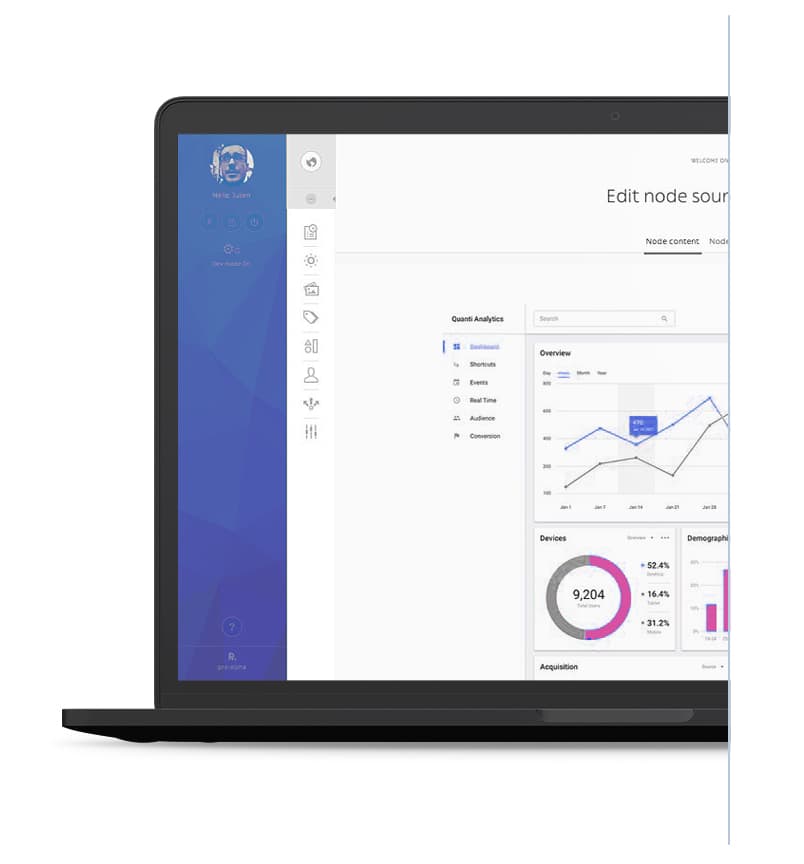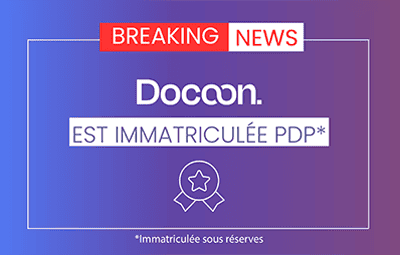Certified messages
Mobility, collaboration and the development of digital channels have led to an increase in the distribution of messages and documents.
Some messages require guarantees as to the integrity of their content, the identity of the sender, traceability, storage and legal enforceability.
Docoon adds probative value to messages by integrating content sealing, transmission and reception time stamping, and electronic archiving.

Presentation
Numerous communications may require probative value: Warning, customer reminder, litigation, summons, minutes, formal notice...
For a long time, this probative value was the prerogative of RAR postal mail. Since 2016, the eIDAS regulation has opened up the recognition of probative value to electronic messages.
These include ERE (Electronic Registered Mail), LSE (Electronically Followed Letter), certified EMAIL, certified SMS... or any message to which one or more processes are added in order to create a file or bundle of non-contestable evidence to reinforce its legal value.

Features
Features
- MULTI-CHANNEL broadcasting: 6 channels available
- Generation of proof of issue with qualified eIDAS timestamp
- Legal archiving: traceability of the entire document life cycle
- High distribution capacity for bulk and single shipments, high HSM/sec processing capacity
- Orchestration and scripting of print and electronic releases
- Interactivity: Management of responses, unsubscribes, management of recipients' prior consent
- Reliable data feedback and traceability & exhaustive statistics
- Integration of customization variables
- Provision of a portal for viewing all broadcasts and statistics
- Integration of customization variables
- Priority management: releasing capacity at the entry of a priority flow
- 100% processing and hosting on ISO 9001 & 27001-certified platforms in France
Benefits
-
Instantaneous
In just a few seconds, messages and documents are delivered electronically to recipients. -
Direct, measurable financial benefits
Over 80% savings through reduced operational costs: paper management, printing, inserting and postage. -
24/7 availability on Saas
Saas portal and solutions adaptable to the sector and to changes in the company's activity, content accessibility, proof of transmission and receipt
-
Legal compliance
Compliance with legal requirements relating to the eIDAS regulation (qualified eIDAS stamp & time-stamping & RGS**) -
Additional offers
Archiving, time-stamping, desktop publishing, multi-channel broadcasting, electronic invoicing, electronic signature... -
Enhancing the company's image through its CSR policy
(Corporate Social Responsibility) by limiting printing and reducing environmental impact.
Discover our
API documentation
Ready to use and designed for performance and scalability, our API is compatible with common programming languages: SOAP / REST / GraphQL protocol APIs
Ask now
for a demonstration
Discover our certified messaging services and the simplicity of our platform
presentation
Why Docoon?
When you choose Docoon, you choose to benefit from efficient, scalable solutions and to rely on an ISO 9001 & 27001-certified platform hosted in France.
A full range of access modes
For your business applications and dispatches, total ease of access thanks to the richness and flexibility of our interfaces and the availability of our customer service: APIs REST/SOAP, Web, MailtoSMS, etc...
Maximum deliverability
Handling ISPs, mobile and telecom operators, etc. To meet the most demanding applications and requirements, Docoon is committed to ensuring the delivery of all your messages, while maximizing deliverability.
Scalability
Management and adaptability of on-demand distribution capacities, and regular integration of new channels
Documentation
Our API benefits from online documentation that our teams regularly update, and compatibility with the most common programming languages (PHP, Java, ASP, C++, Rubi, WINDEV, etc.).
A "quality of service" DNA
Quality of service at the heart of all our processes (SLA, PQS, PCA, GTR): redundant infrastructure monitored 24/7 and 365 days/year to ensure the delivery of all your messages and benefit from availability of over 99.9%.
Customer support
Available 24/7, a team of experts and project managers to support you in integrating and deploying our services

Expertise
Docoon expertise
Since 2016, electronic registered mail has been governed by the eIDAS regulation, a European regulation that defines the framework for digital trust services.
Sending an electronic registered letter requires the prior consent of the recipient if the recipient is a private individual, and is not necessary if the recipient is a professional.
Article 43 confers probative value and legal enforceability on electronic registered mail data, provided that the basic requirements of registered mail are met.
There is non-qualified electronic registered mail, also known as simple electronic tracked mail (LES), and qualified electronic registered mail (ERE).
Article 44 specifies that qualified electronic registered mail guarantees equivalence with paper registered letters.
It requires that the sender's identity be validated with a high level of confidence and authentication for each shipment, and that the recipient be identified with a substantial level of verification.
Both solutions guarantee content integrity and document transmission, thanks to eIDAS-qualified signature and time-stamping.
For the LSE, the sender's identity is authenticated by a login & password, while for the ERE it is authenticated by digital identifiers handed over physically (face-to-face) to the sender.
Authentication of the recipient's identity for LSE is validated by two-factor authentication (OTP) via email, voice or SMS, while for ERE it is achieved by a face-to-face or remote process that combines ID verification and video identification.
